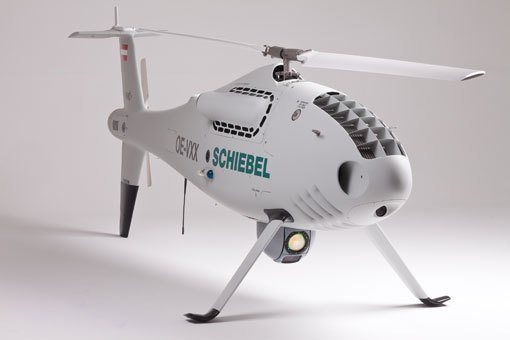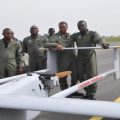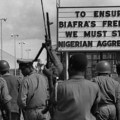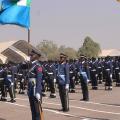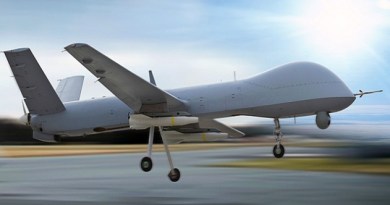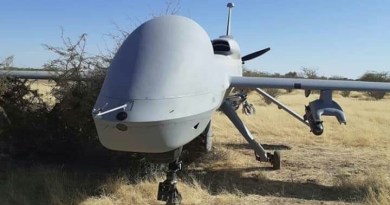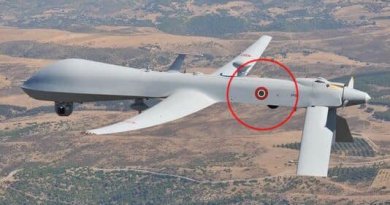Schiebel Camcopter S-100 conducts successful flight trials in Nigeria
In order to increase security in Nigeria’s oil and gas industry, the country is exploring the option of incorporating advanced Unmanned Aerial Systems (UAS) in its day to day operations.
To that effect, Schiebel a leading Vertical Takeoff and Landing (VTOL) UAS designer has offered its Camcopter S-100 UAS which is optimized to provide
Intelligence, Surveillance and Reconnaissance(ISR) missions in an oil and gas production environment.
Hence, Schiebel has just successfully conducted a flight trial of its Camcopter S-100 in the Nigerian Coastal city of Rivers State. Present during the trial is the representatives of the Nigerian Civil Aviation Authority, the Nigerian Air Force, the Nigerian Navy, the Nigerian Army, Kongsberg Geospatial and local UAS service provider Aerial Robotix, among others.
The Camcopter S-100 successfully completed a number of day and night flights monitoring pipeline Rights-of-Way (ROW), inspecting oil and gas wellheads/facilities and performing first-line maintenance checks, including detection of leaks and fluid levels of storage tanks.
The Camcopter was also able to detect various third party illegal activities on the client’s pipeline ROW. Kongsberg Geospatial’s IRIS UAS situational awareness application supported the safe conduct of this Beyond Visual Line Of Sight (BVLOS) operation.
According to Hans Georg Schiebel, Chairman of the Schiebel Group, he disclosed that: “Monitoring and maintaining remote oil and gas facilities is a challenging and dangerous task that can derive considerable benefits and cost-savings from the use of unmanned systems”
“As a proven and reliable platform, the Camcopter S-100 is perfectly suited for supporting key aspects such as infrastructure inspections, emergency response, security and surveillance.”
Schiebel’s Camcopter S-100 Unmanned Air System (UAS)

Schiebel’s Camcopter S-100 Unmanned Air System (UAS) is a proven VTOL UAS which can operate autonomously day and night, requiring little or no support infrastructure.
It can operate under different weather conditions with a beyond line-of-sight capability out to 200 km/108 nm, overland and sea.
